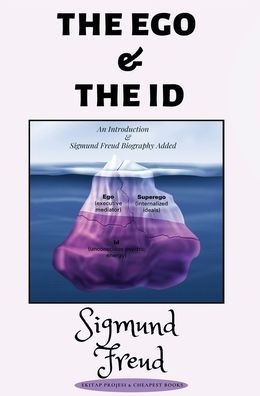5
1

The Ego and the ID
114
The Ego and the ID
114
19.99
In Stock

Product Details
| ISBN-13: | 9786057748485 |
|---|---|
| Publisher: | E-Kitap Projesi & Cheapest Books |
| Publication date: | 01/01/1927 |
| Pages: | 114 |
| Product dimensions: | 5.00(w) x 8.00(h) x 0.31(d) |
About the Author
From the B&N Reads Blog
